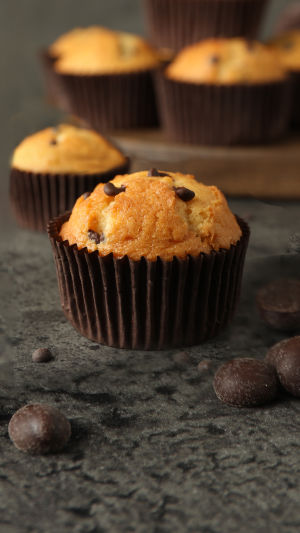Baking cakes is indeed a harmonious blend of artistry and scientific precision.
Crafting soft and delectable cakes demands more than just a flair for recipes and techniques; it requires a profound grasp of the underlying scientific principles at play.
This article aims to delve deep into scientific baking, traversing from the meticulous selection of raw materials to the intricate chemical transformations occurring during the baking process.
Furthermore, it will dissect the various factors influencing the taste and texture of cakes, offering a comprehensive analysis.
<h3>Raw Material Selection</h3>
<b>1. Flour:</b> Flour selection significantly impacts the taste and texture of cakes. Cake flour, characterized by its lower gluten content, is optimal for yielding fluffier cakes.
Conversely, high-gluten flour finds its niche in bread and pasta, imparting the necessary structural integrity. Moreover, experimenting with flour blends, such as combining plain flour with corn flour, can elevate the complexity of flavors.
<b>2. Eggs:</b> Eggs serve as binders and leavening agents in cakes. Rich in protein and fat, they enhance cakes' delicacy and moisture retention. Additionally, the presence of lecithin and vitellin in egg yolks contributes to the softness and flavor profile of the cake.
<b>3. Sugar:</b> Beyond sweetness, sugar adds moisture and texture to cakes. Through chemical reactions with proteins and moisture during baking, sugar undergoes caramelization, imparting a golden hue and distinctive flavor to the cake.
<b>4. Fat:</b> Fat is pivotal in lubricating and aerating cakes. Butter, vegetable oils, and animal fats are common choices, each lending its unique texture and moisture retention properties to the cake.
<b>5. Leavening Agent:</b> Leavening agents catalyze the formation of bubbles within the cake during baking, thereby increasing its volume and softness.
Baking powder, baking soda, and yeast are commonly employed leavening agents. Precise calibration of the leavening agent's quantity and ratio is paramount for achieving delectable results.
<h3>Chemical Changes During Baking</h3>
<b>1. Bubble Formation:</b> The baking process triggers the release of gases by leavening agents, which, in turn, form bubbles within the cake, facilitating its expansion. Simultaneously, proteins coagulate at elevated temperatures, establishing a supportive framework that maintains the cake's structure.
<b>2. Sugar Caramelization:</b> Elevated temperatures prompt sugar to react with proteins, resulting in aromatic compounds and browning reactions, which confer a luscious golden hue to the cake.
<b>3. Oxidation:</b> Fat and protein undergo oxidation in the presence of oxygen during baking, generating an array of flavorful compounds that enhance the overall taste profile of the cake.
<b>4. Water Evaporation:</b> Progressive water evaporation throughout the baking process gradually reduces moisture content, potentially resulting in dryness. Thus, meticulous control of baking time and temperature is imperative to prevent over-drying.
<h3>Factors Influencing Cake Taste</h3>
<b>1. Temperature:</b> Baking temperature profoundly influences the taste of cakes. Inadequate temperature control can compromise the cake's expansion and doneness, adversely impacting its flavor.
<b>2. Time:</b> Baking duration is equally critical in determining the cake's taste. Insufficient baking time yields undercooked cakes, whereas excessive baking duration results in dryness.
<b>3. Mixing Technique:</b> The mixing method directly correlates with the cake's texture and taste. Over-mixing leads to a chewy consistency, while inadequate mixing yields cakes lacking in softness.
<b>4. Ingredient Ratios:</b> The precise balance of ingredients is pivotal in crafting a delectable cake. Deviations in flour, eggs, and sugar proportions can significantly alter the taste and texture.
In essence, baking cakes is an intricate fusion of artistry and science. Only through a profound understanding of raw material properties and the chemical intricacies of baking can one achieve the pinnacle of softness and flavor.
It is hoped that the insights shared in this article will empower readers to master the scientific nuances of cake baking, thereby creating cakes that are both flawless and delightful.





